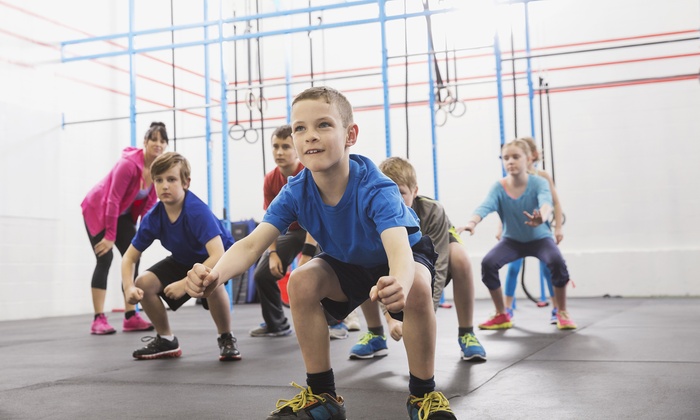 Children who are
physically fit absorb and retain new information more effectively than
children who are out of shape, a new study finds, raising timely
questions about the wisdom of slashing physical education programs at
schools.
Children who are
physically fit absorb and retain new information more effectively than
children who are out of shape, a new study finds, raising timely
questions about the wisdom of slashing physical education programs at
schools.
Parents and exercise
scientists (who, not infrequently, are the same people) have known for a
long time that physical activity helps young people to settle and pay
attention in school or at home, with salutary effects on academic
performance. A representative study, presented in May at the American
College of Sports Medicine, found that fourth- and fifth-grade students
who ran around and otherwise exercised vigorously for at least 10
minutes before a math test scored higher than children who had sat
quietly before the exam.
More generally, in a large-scale study of almost 12,000 Nebraska schoolchildren
published in August in The Journal of Pediatrics, researchers compiled
each child’s physical fitness, as measured by a timed run, body mass
index and academic achievement in English and math, based on the state’s
standardized test scores. Better fitness proved to be linked to
significantly higher achievement scores, while, interestingly, body size
had almost no role. Students who were overweight but relatively fit had
higher test scores than lighter, less-fit children.
To date, however, no
study specifically had examined whether and in what ways physical
fitness might affect how children learn. So researchers at the
University of Illinois at Urbana-Champaign recently stepped into that
breach, recruiting a group of local 9- and 10-year-old boys and girls,
testing their aerobic fitness on a treadmill, and then asking 24 of the
most fit and 24 of the least fit to come into the exercise physiology
lab and work on some difficult memorization tasks.
Learning is, of
course, a complex process, involving not only the taking in and storing
of new information in the form of memories, a process known as encoding,
but also recalling that information later. Information that cannot be
recalled has not really been learned.
Earlier studies of
children’s learning styles have shown that most learn more readily if
they are tested on material while they are in the process of learning
it. In effect, if they are quizzed while memorizing, they remember more
easily. Straight memorization, without intermittent reinforcement during
the process, is tougher, although it is also how most children study.
In this case, the
researchers opted to use both approaches to learning, by providing their
young volunteers with iPads onto which several maps of imaginary lands
had been loaded. The maps were demarcated into regions, each with a
four-letter name. During one learning session, the children were shown
these names in place for six seconds. The names then appeared on the map
in their correct position six additional times while children stared at
and tried to memorize them.
In a separate learning
session, region names appeared on a different map in their proper
location, then moved to the margins of the map. The children were asked
to tap on a name and match it with the correct region, providing
in-session testing as they memorized.
A day later, all of the children returned to the lab and were asked to correctly label the various maps’ regions.
The results, published last week in PLoS One,
show that, over all, the children performed similarly when they were
asked to recall names for the map when their memorization was reinforced
by testing.
But when the recall
involved the more difficult type of learning — memorizing without
intermittent testing — the children who were in better aerobic condition
significantly outperformed the less-fit group, remembering about 40
percent of the regions’ names accurately, compared with barely 25
percent accuracy for the out-of-shape kids.
This finding suggests
that “higher levels of fitness have their greatest impact in the most
challenging situations” that children face intellectually, the study’s
authors write. The more difficult something is to learn, the more
physical fitness may aid children in learning it.
Of course, this study
did not focus specifically on the kind of active exercise typical of
recess, but on longer-term, overall physical fitness in young children.
But in doing so, it subtly reinforces the importance of recess and
similar physical activity programs in schools, its authors believe.
If children are to
develop and maintain the kind of aerobic fitness that amplifies their
ability to learn, said co-author Charles Hillman, a professor of
kinesiology at the University of Illinois and a fellow at the
university’s Beckman Institute for Advanced Science and Technology, they
should engage in “at least an hour a day” of vigorous physical
activity. Schools, where children spend so many of their waking hours,
provide the most logical and logistically plausible place for them to
get such exercise, he said.
Or as he and his
co-authors dryly note in the study: “Reducing or eliminating physical
education in schools, as is often done in tight financial times, may not
be the best way to ensure educational success among our young people.”
0 comments:
Post a Comment